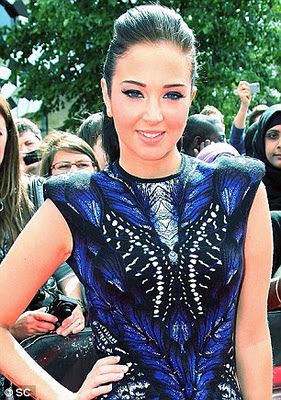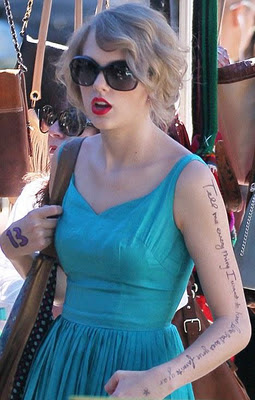Hawaiian culture was a popular trend in the 1950s and 1960s, but when it comes to tattoos, it was not until the mid 1980s when Hawaiian motifs returned with colorful shirts and tie-dyed shirts popularized by celebrities, singers and bands, including Weird Al Yankovik. It was during those years when Hawaiian Arm Tattoos began to be worn.From discreet floral and tribal designs to Hawaiian words and phrases, Hawaiian designs usually express a message by themselves. Today it is usual to find people wearing Hawaiian arm tattoos saying “Aloha” (Hello), “E Kipa Mai” (Come to Me), “Mau Loa” (Forever), “Mahalo E Ke Akua No Keia La” (Thanks God for this day), and many other phrases appealing to the Hawaiian lifestyle.Hawaiian arm tattoos can be as sophisticated as real arm bracelets and banglers, but with artistic designs accurately drawn onto the skin. The natural beauty of Hawaiian tribal designs is highly appreciated for those wanting uniqueness. Designs of Aloha shirt designs, also known as Hawaiian shirts in continental USA, are often transported to Hawaiian Arm Tattoos.
However, contrary to those shirts commercialized in the early 1930s by Chinese merchants living in Waikiki, Tattoos were not popularly accepted until the 1960s in the form of discreet designs on the ankle. The Natural beauty of Hawaiian designs made it possible for the triumphal comeback of Hawaiian Arm Tattoos in the 2000s.Although Hawaiian tattoos must not be confused with Tribal Tattoos, in arm designs they usually meet each other. This association is as natural as the Australasia cultures linked to Hawaii, such as the Polynesian, Samoan and Maori, where arm tattoos are part of their respective cultures, representing different ranks of statuses in tribal and religious traditions that still survive.Curiously, Hawaiian Arm Tattoos are considered the fastest growing trend in tattoo art anywhere in the world. Hawaiian arm tattoos can also represent natural scenarios in miniature or ancient symbols of power and even healing properties. In addition, Hawaiian arm tattoos are not only desirable, but also one of the most widespread forms of tattooing.Like any other type of tattoo, choosing the design is as important as deciding the tattoo clinic were tattooing will be performed. In fact, there are books written expressly to divulge this expression of art, such as the “The Hawaiian Tattoo” a privately published book, by P.F. Kwiatkowski, making a review of the origins and designs of Hawaiian Arm Tattoos and other tattoos’ designs.
However, contrary to those shirts commercialized in the early 1930s by Chinese merchants living in Waikiki, Tattoos were not popularly accepted until the 1960s in the form of discreet designs on the ankle. The Natural beauty of Hawaiian designs made it possible for the triumphal comeback of Hawaiian Arm Tattoos in the 2000s.Although Hawaiian tattoos must not be confused with Tribal Tattoos, in arm designs they usually meet each other. This association is as natural as the Australasia cultures linked to Hawaii, such as the Polynesian, Samoan and Maori, where arm tattoos are part of their respective cultures, representing different ranks of statuses in tribal and religious traditions that still survive.Curiously, Hawaiian Arm Tattoos are considered the fastest growing trend in tattoo art anywhere in the world. Hawaiian arm tattoos can also represent natural scenarios in miniature or ancient symbols of power and even healing properties. In addition, Hawaiian arm tattoos are not only desirable, but also one of the most widespread forms of tattooing.Like any other type of tattoo, choosing the design is as important as deciding the tattoo clinic were tattooing will be performed. In fact, there are books written expressly to divulge this expression of art, such as the “The Hawaiian Tattoo” a privately published book, by P.F. Kwiatkowski, making a review of the origins and designs of Hawaiian Arm Tattoos and other tattoos’ designs.
















No comments:
Post a Comment